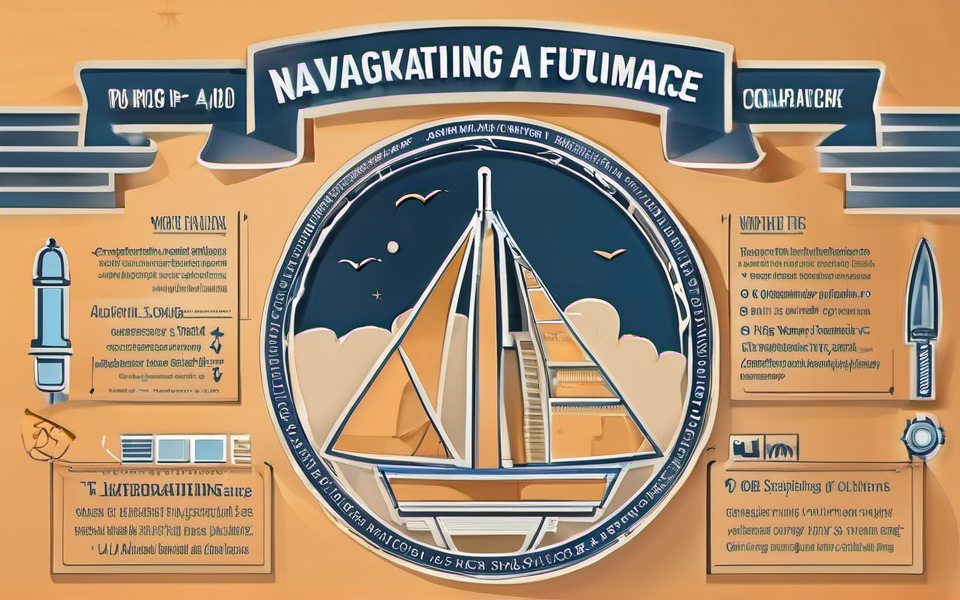Imagine a world where regulatory compliance isn’t a dreaded burden, but a strategic advantage. A world where your business thrives not just in spite of complex rules, but because of them. This vision is within reach. It all starts with a strategic framework for regulatory compliance.
Understanding the Regulatory Landscape: The First Step to Success
Before diving into strategy, it’s crucial to grasp the regulatory landscape surrounding your specific industry. You can’t strategize without knowing the terrain. This landscape is a constantly shifting one. Regulations evolve with technological advancements and societal shifts. It’s a dynamic, ever-changing game.
Identify Relevant Laws, Rules, and Standards
Think of this like a treasure hunt, but the treasure is your company’s compliance. Start by identifying all the laws, rules, and standards relevant to your operations. For instance, a technology company dealing with user data will need to be intimately familiar with the GDPR, while a pharmaceutical company will focus on FDA regulations.
Mapping the Regulatory Landscape
It’s not just about finding the individual pieces; you need to create a holistic picture. Imagine mapping the regulatory landscape, visually depicting the interactions between different regulations, potential overlap, and key areas of focus. This map is crucial for both understanding your current position and anticipating future challenges.
Building a Continuous Monitoring System
The regulatory world never sleeps. A proactive monitoring system is your vigilant guard. Establish mechanisms to stay updated on any amendments, new regulations, or industry best practices. This could involve regular review, subscription to relevant publications, and leveraging industry expert networks.
Building the Foundation: Essential Elements of a Compliance Framework
Just like any robust building, a solid compliance framework needs a strong foundation. This foundation rests upon key elements, all interconnected to achieve seamless execution.
Developing a Compliance Policy
Your compliance policy is like your company’s compass, guiding every action. It must clearly outline your company’s commitment to ethical business practices and the specific policies related to all relevant regulations. This policy shouldn’t be a dusty shelf document. It should be living and breathing, consistently reviewed, and updated as regulations change.
Training and Communication
Your employees are the frontline of your company’s compliance. Comprehensive training programs equip them with the knowledge and understanding to adhere to your policy and internal procedures. Clear communication is key. Regular internal updates, webinars, and engaging resources ensure everyone remains informed.
Internal Control Mechanisms
It’s vital to have robust controls to ensure adherence to the policy and regulations. Think of internal control mechanisms as your quality assurance system for compliance. These could involve regular internal audits, independent risk assessments, and thorough data security measures.
Building a Compliance Culture
A proactive, ethical culture is your ultimate safety net for regulatory compliance. This isn’t something that happens overnight; it takes a consistent, collaborative approach, involving all levels of the organization. Open communication, positive reinforcement for good behavior, and an atmosphere of respect for the rules are crucial.
From Compliance to Opportunity: Leveraging Your Strategic Framework
Here’s where the vision comes in. A strategic framework for regulatory compliance goes beyond just minimizing risk; it allows you to seize opportunity. Your compliance program shouldn’t be just a box to tick, it should be a competitive advantage that opens up new markets, enhances reputation, and sets you apart in your industry.
Identifying Potential Competitive Advantage
With a well-defined compliance program, you gain a deeper understanding of the industry landscape. This lets you spot emerging opportunities, perhaps within areas with specific regulatory demands that others haven’t yet explored. For instance, a company complying with data privacy regulations could capitalize on this as a key selling point, attracting customers who prioritize their data security.
Cultivating Customer Trust
Being a strong proponent of ethical business practices fosters customer trust. It’s like building a solid foundation for long-term loyalty. This trust translates to greater market share, improved brand recognition, and reduced risk of regulatory sanctions.
Building a Sustainable Business
Sustainable compliance practices lead to sustainable business practices. This translates to stronger environmental and social responsibility, which is becoming increasingly valued by customers, investors, and the public at large. In today’s world, a commitment to compliance builds a future that’s not just compliant, but also resilient.
The Journey Begins: Implementing Your Strategic Framework
The final piece of the puzzle? Putting your framework into action. It’s not enough to have the plan on paper, you need to effectively implement and adapt it to the changing landscape.
Building Your Team: A Vital Step
Don’t try to conquer the compliance mountain alone! Assembling a team of compliance experts is key to achieving success. This team could include legal professionals, data security specialists, and compliance officers.
The Role of Technology: Enhancing Efficiency
Technology can become your secret weapon in managing compliance. There are numerous compliance software solutions and data analytics tools available to streamline processes, automate tasks, and keep your regulatory framework humming along smoothly.
The Power of Evaluation and Adaptation
No plan survives first contact with the enemy, meaning your compliance framework needs constant tweaking. Regularly evaluating its effectiveness, gathering feedback from the team, and adapting it to evolving regulations is crucial for continued success. Be willing to change course, fine-tune the strategies, and always seek ways to improve.
Key Takeaways
This journey is more than a box-checking exercise; it’s a chance to shape your company’s future. Here are some key takeaways:
- Regulatory compliance isn’t just about avoiding fines; it’s about gaining a strategic edge.
- Invest in a proactive framework with a comprehensive approach and strong leadership.
- Engage your team, build a compliance culture, and harness the power of technology to achieve optimal results.
- Continuously monitor, evaluate, and adapt your framework for maximum impact and long-term success.
Ready to take your company beyond mere compliance and embrace the future? It’s time to create your strategic framework and start building a sustainable and prosperous business in the ever-changing world of regulation.




